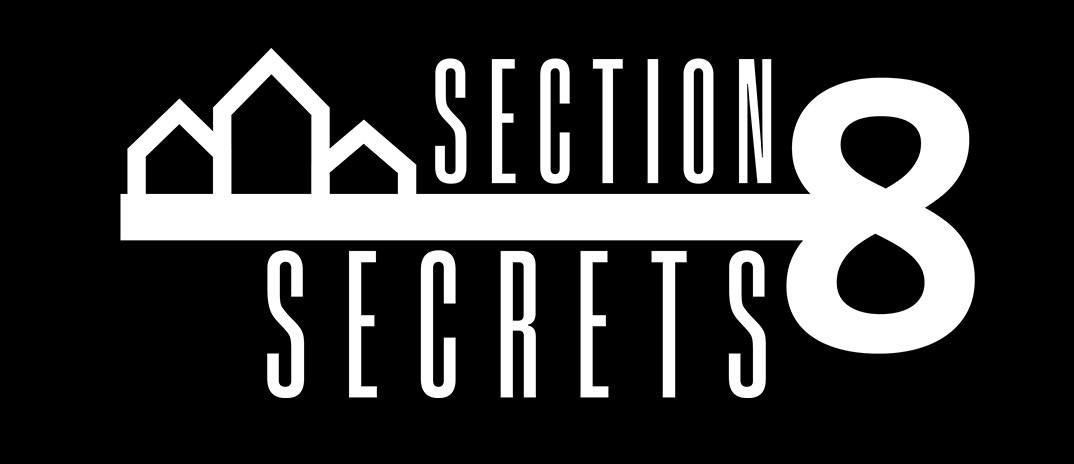Section 8 Investment Properties: What to Look for
Oct 01, 2023
Investing in Section 8 properties can be a lucrative venture, but it requires strategic decision-making and careful consideration of various factors. Beyond the standard total costs, there are key aspects to focus on to ensure a successful and sustainable investment. In this guide, we'll delve into essential considerations such as the 1 Percent Rule, location, property condition, the importance of durable materials, and additional nuances like lawn maintenance.
The One Percent (1%) Rule
When initiating your search for Section 8 properties, it's beneficial to adhere to the One Percent Rule. This rule suggests that the monthly Section 8 rental income should ideally equal 1% of the property's purchase price or less. This means a $1,000/month Section 8 rental property should be acquired for $100,000 or less. Properties meeting or beating this benchmark are more likely to yield positive cash flow and provide enough margin to handle all expenses such as maintenance, insurance, tax, and unexpected surprises. It serves as a reliable indicator to assess the financial viability of your investment from the start.
Location Matters
Long-term appreciation is often ignored in Section 8 property investment. Some buyers only want the cash flow, but if you want to make the cash and the upside, acquiring a better property can lead to more long term upside. This makes location a critical consideration. Opt for properties in neighborhoods with low crime rates, as this not only ensures the safety of your investment and assists in its resale value. Proximity to areas experiencing job growth or situated in popular vacation towns with seasonal work contribute to sustained property value appreciation.
Build Quality
To qualify for Section 8 rental, your property must pass inspections that focus on safety standards. Loose wiring, broken locks, malfunctioning electrical outlets – these issues can result in inspection failure. Ensuring your property meets these standards is crucial for maintaining a steady flow of rental income.
Investing in long-term durable materials or build design is a proactive strategy to minimize profit loss and prevent constant repairs. Avoid materials prone to frequent breakage, such as tile, cheap shelving, sliding doors, and flimsy drawers. Durable materials not only enhance the longevity of your property but also reduce the likelihood of continuous maintenance costs, contributing to a more sustainable investment.
When replacing carpets for example, we opt for quality Luxury Vinyl Plank (LVP) for its durability. Even though it costs more during replacement, LVP lasts for 10 years, where as your carpet will need continual maintenance.
Avoid Lawn Maintenance
Account for lawn maintenance in your investment strategy. A lawn does not impact Section 8 rental rates, so the burden of lawn maintenance goes directly to the property owner. Consider townhomes and condos with Homeowners Associations (HOAs) as they often handle these maintenance tasks. HOAs can provide additional benefits, including monitoring tenants to ensure better treatment of your property.
If investing in a Single Family Dwelling, be cautious about large trees, especially those that could easily damage your unit in a storm. Small trees are generally fine, but older homes in wooded areas are not recommended for investment due to the potential risks associated with falling trees.
The numbers always work for Section 8 income and profitability. How much profit you will earn during the lifetime of ownership is based on the above factors. By incorporating these considerations, you can position yourself for long-term profitability and stability in any market.


